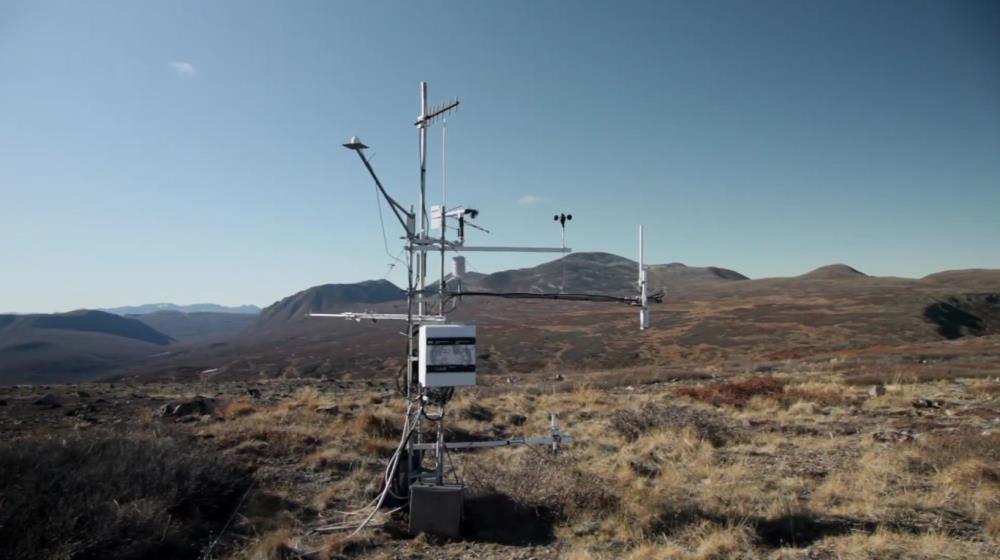
Related items loading ...
Section 1: Overview
Name of Research Project
|
Related Project
|
Part
|
|
GWF-LF: Lake Futures
|
|
|
|
|
|
|
|
Program Affiliations
Related Research Project(s)
Dataset Title
Anthropogenic Phosphorus Mass Balance in Ontario Counties and Watersheds
Additional Information
Creators and Contributors
|
Van Staden, Tamara | | | |
Van Meter, Kim | | | |
Saurette, Daniel | | | |
Basu, Nandita | | | |
Parsons, Chris | | | |
Van Cappellen, Philippe | | | |
Abstract
Parameters from the Net Anthropogenic Phosphorus Inputs model (NAPI) estimated on a county scale: annual crop uptake of phosphorus, annual net input from livestock (i.e. manure), annual phosphorus from milkhouse runoff, annual phosphorus applied as fertilizer, annual phosphorus inputs from domestic detergent use, and annual human phosphorus consumption in kg. Values were compiled from the Agricultural Census and the Population Census from Statistics Canada for each census year which occurred every five years beginning in 1961, values in between were linearly interpolated. Phosphorus content values for detergent, livestock, crops, and human consumption were compiled from literature (see individual spreadsheets for more information). ID is the Standard Geographic Code that represents the county, standardized to 2011. The region represents the agricultural region the county is in: South (1), West (2), Central (3), East (4), North (5). The raw data were downloaded from the publicly available census available at:
http://odesi2.scholarsportal.info/webview/ in the Agriculture tab. Suppressed data were estimating using residual hectares unaccounted for in the region totals and historical trends. All data were standardized to the census subdivision distribution in 2011, i.e. any divisions that were amalgamated into other divisions were accounted for.
Purpose
This data set was produced to support the objectives of two projects. These are: 1) Legacies of Agricultural Pollutants (LEAP) funded by Natural Sciences and Engineering Research Council of Canada and other international partners. 2) "Lake Futures: Enhancing Adaptive Capacity and Resilience of Lakes and Their Watersheds". Lake Futures is a Pillar 3 project under the Global Water Futures Program funded by Canada First Research Excellence Fund.
Plain Language Summary
Keywords
|
nutrient availability |
nutrients |
phosphorus |
water quality |
chemistry |
Citations
Van Staden, T. , Van Meter, K. , Saurette, D. , Basu, N. , Parsons, C. , Van Cappellen, P. (2021) Anthropogenic Phosphorus Mass Balance in Ontario Counties and Watersheds. Federated Research Data Repository.
https://doi.org/10.20383/101.0208
Section 3: Status and Provenance
Dataset Version
Dataset Creation Date
Status of data collection/production
Dataset Completion or Abandonment Date
Data Update Frequency
Creation Software
Primary Source of Data
Other Source of Data (if applicable)
Data Lineage (if applicable). Please include versions (e.g., input and forcing data, models, and coupling modules; instrument measurements; surveys; sample collections; etc.)
Section 4: Access and Downloads
Access to the Dataset
Terms of Use
Does the data have access restrictions?
Downloading and Characteristics of the Dataset
Download Links and Instructions
Total Size of all Dataset Files (GB)
File formats and online databases
Other Data Formats (if applicable)
List of Parameters and Variables


 GWFNet
GWFNet Master
Master Data
Data Research
Research Map
Map
 Advanced
Advanced Tools
Tools
 . . .
. . .
 Metadata Editor
Metadata Editor
 Record List
Record List
 Alias List Editor
Alias List Editor
 Legacy sites
Legacy sites